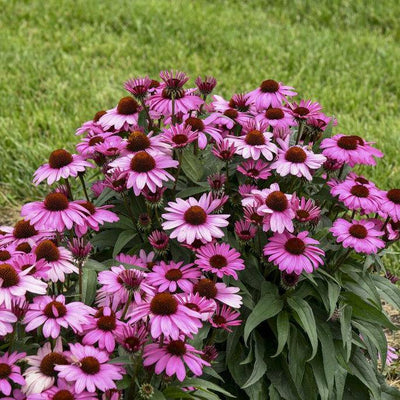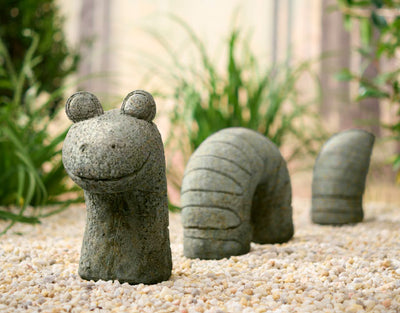Supertunia Vista® Silverberry Petunia | Proven Winners®
Proven Winners is constantly working to refine and improve their offerings for the North American garden and to the nursery industry in using the best in new plant and production materials.

Features
Characteristics
Plant Needs
Consider me PLANT therapy.
Supertunia Vista petunias are very vigorous, with mounding habits that can reach up to 2 feet in height in the landscape and will trail over the edges of baskets and containers up to 4 feet by the end of the season. They are fantastic landscape plants and are great in large containers, where they function as both fillers and spillers. In garden beds, they will work either in the front or middle of the bed. They have medium-sized flowers.
- Best Seller
- Award Winner
- Continuous Bloom or Rebloomer
- Long Blooming
- Heat Tolerant
- Deadheading Not Necessary
- Drought Tolerant
Photos courtesy of Proven Winners
Characteristics
Plant Needs
Consider me PLANT therapy.
Supertunia Vista petunias are very vigorous, with mounding habits that can reach up to 2 feet in height in the landscape and will trail over the edges of baskets and containers up to 4 feet by the end of the season. They are fantastic landscape plants and are great in large containers, where they function as both fillers and spillers. In garden beds, they will work either in the front or middle of the bed. They have medium-sized flowers.
- Best Seller
- Award Winner
- Continuous Bloom or Rebloomer
- Long Blooming
- Heat Tolerant
- Deadheading Not Necessary
- Drought Tolerant
Photos courtesy of Proven Winners















